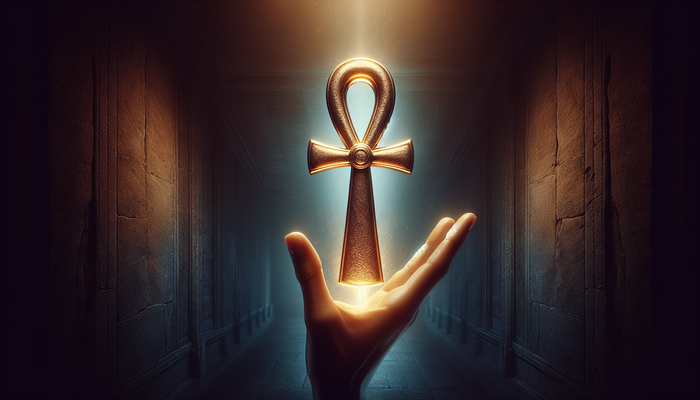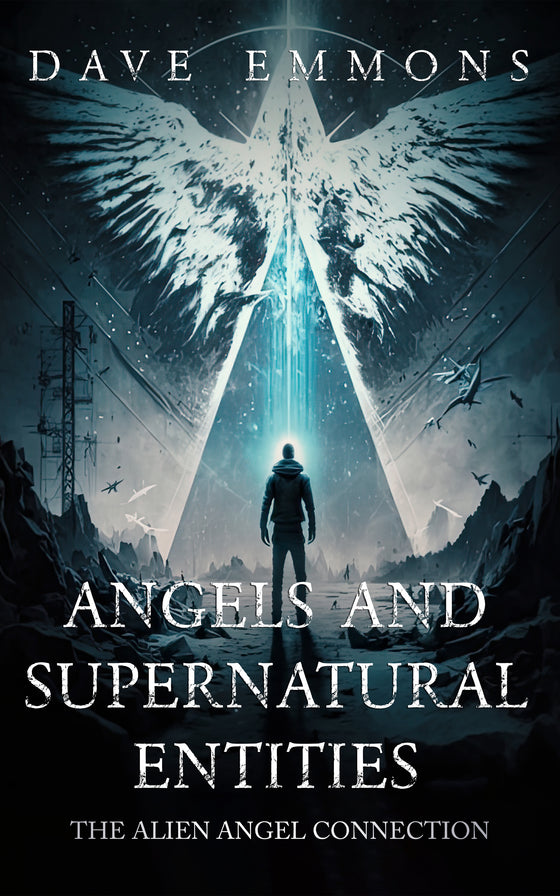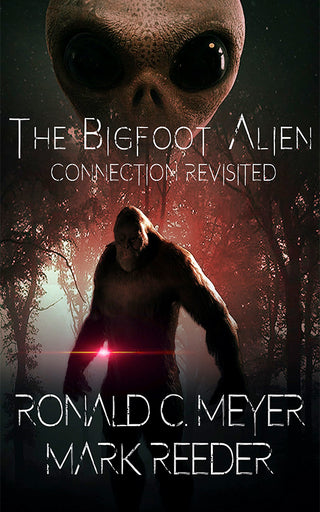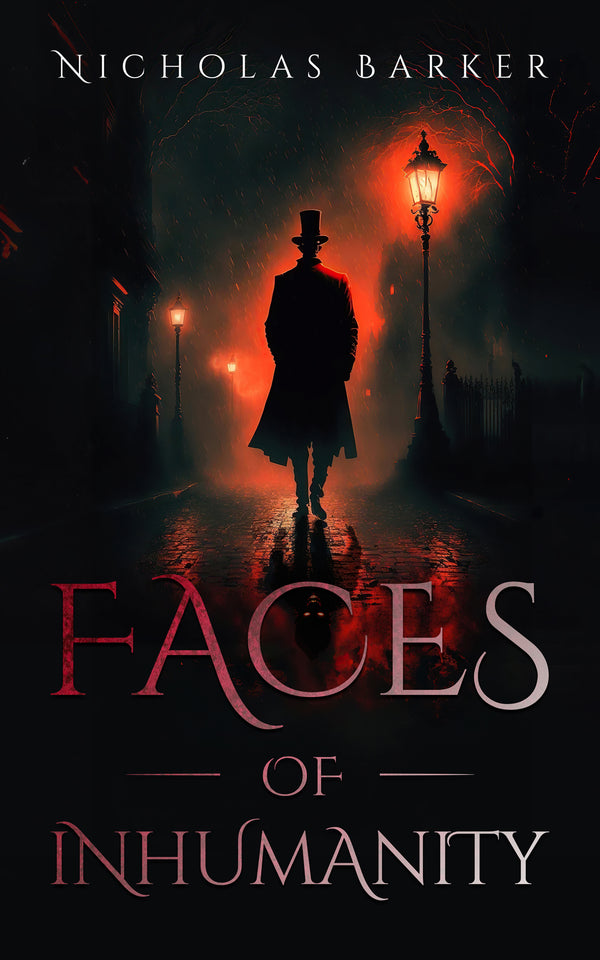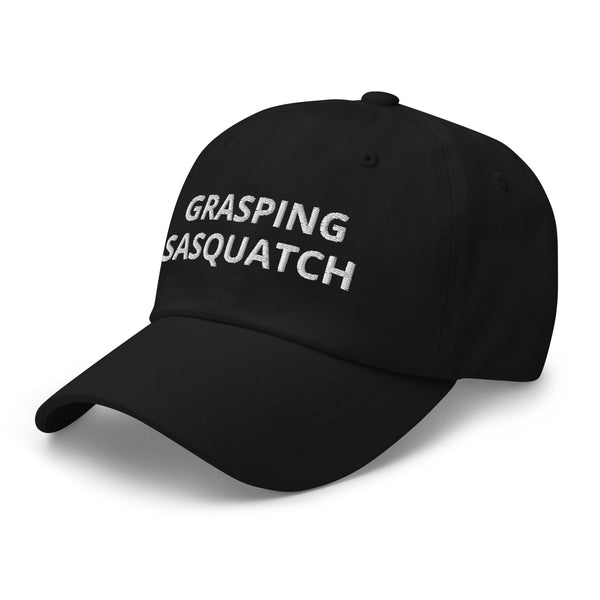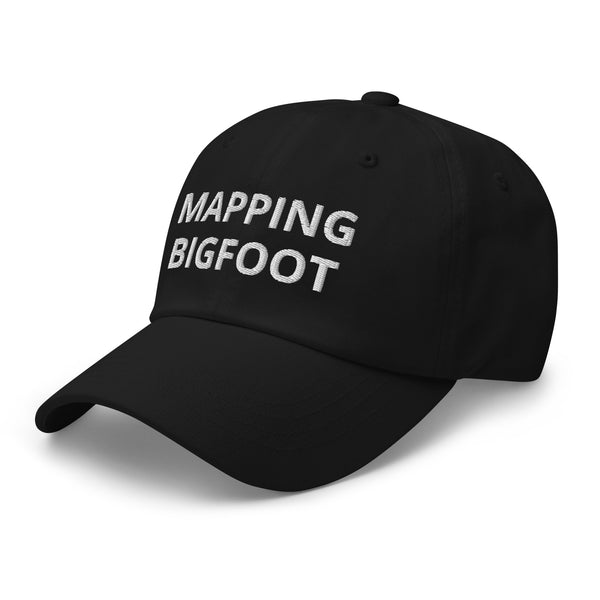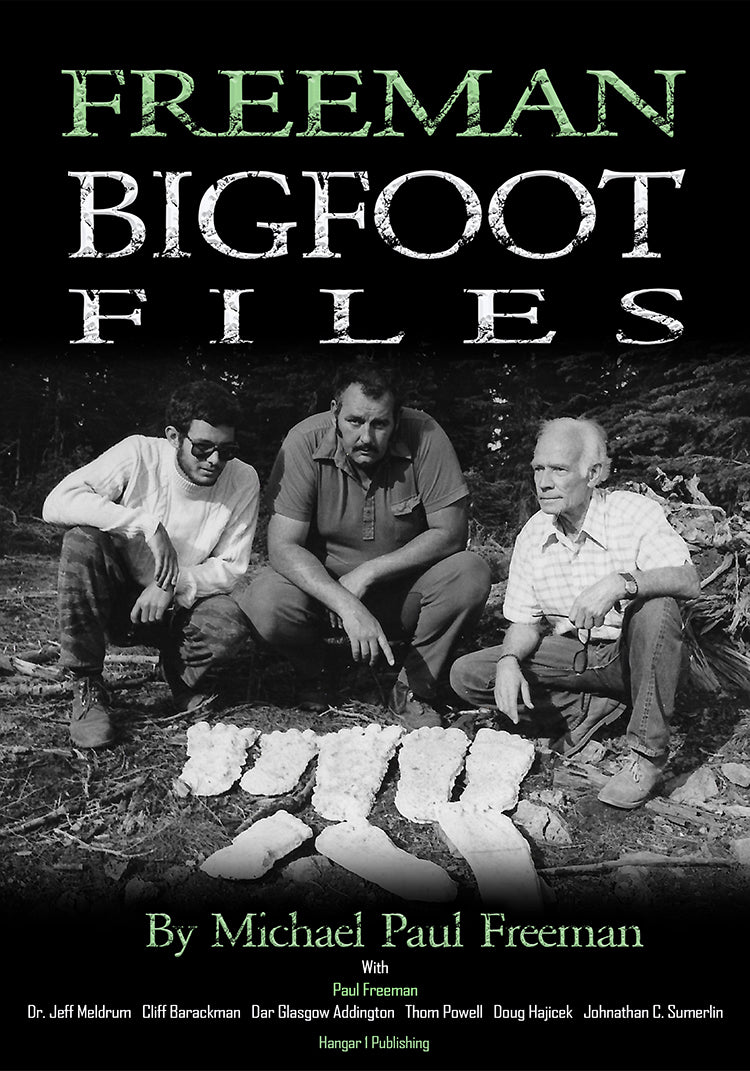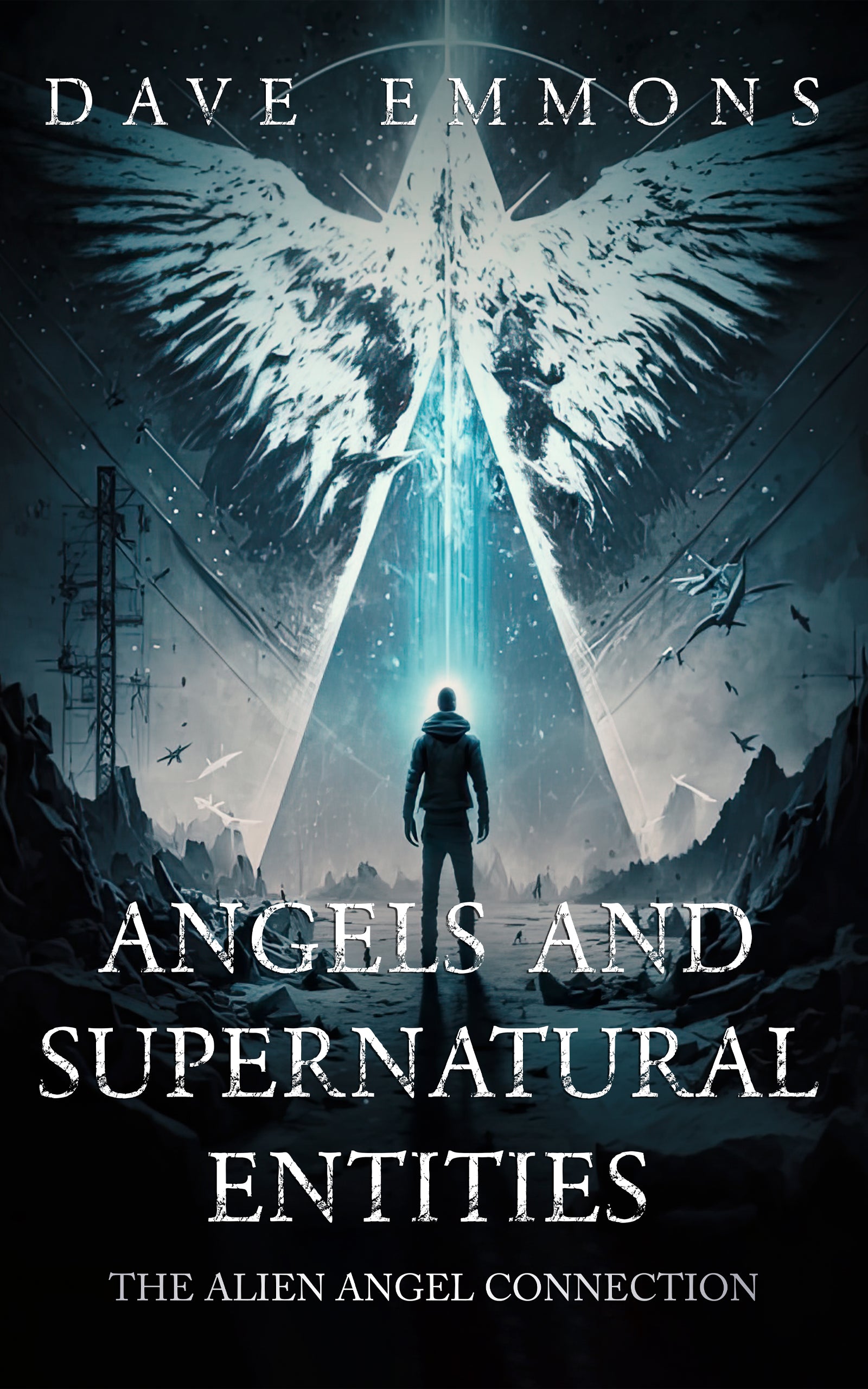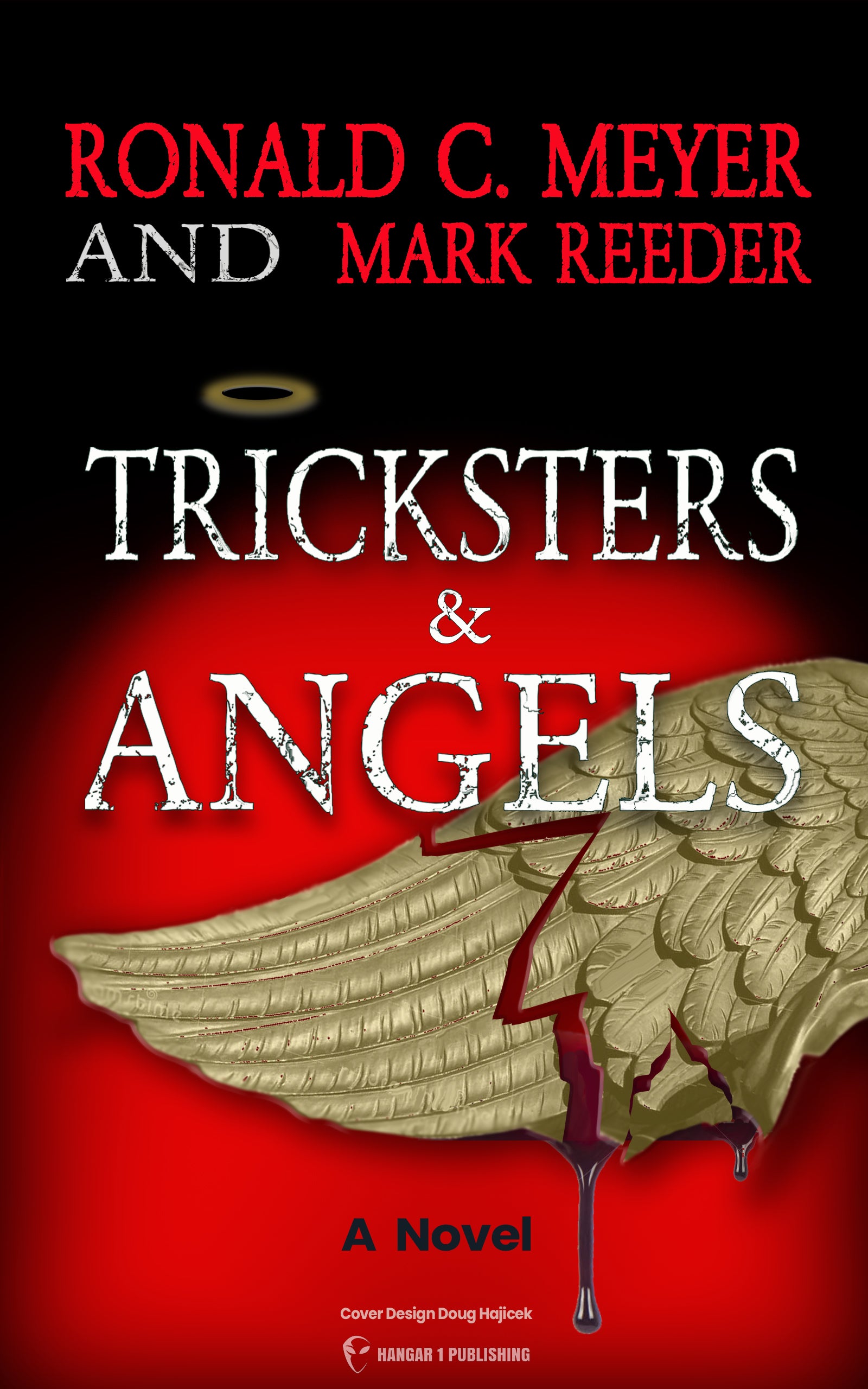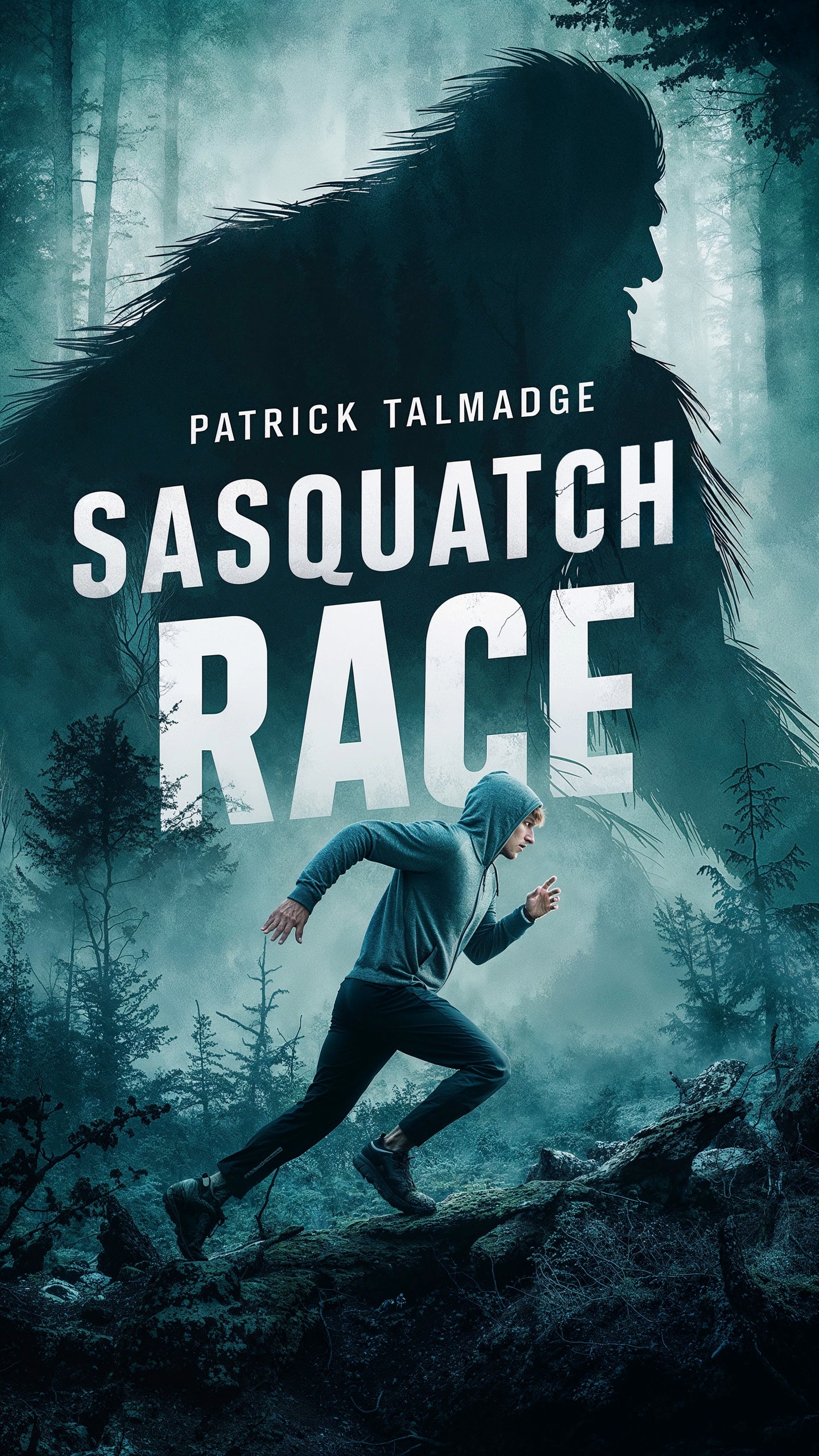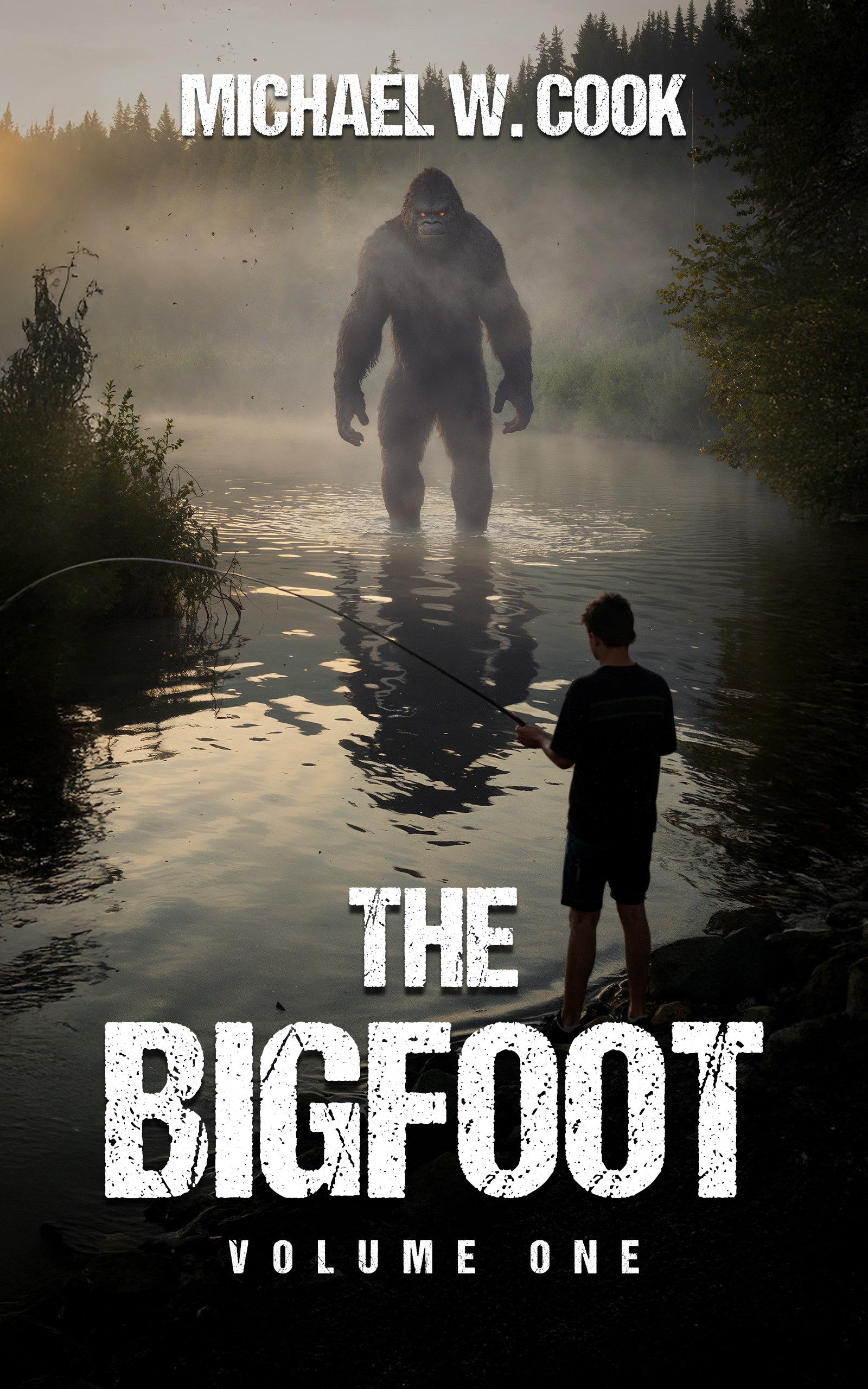The UFO Crash at Aztec: The Truth Behind the Infamous Hoax
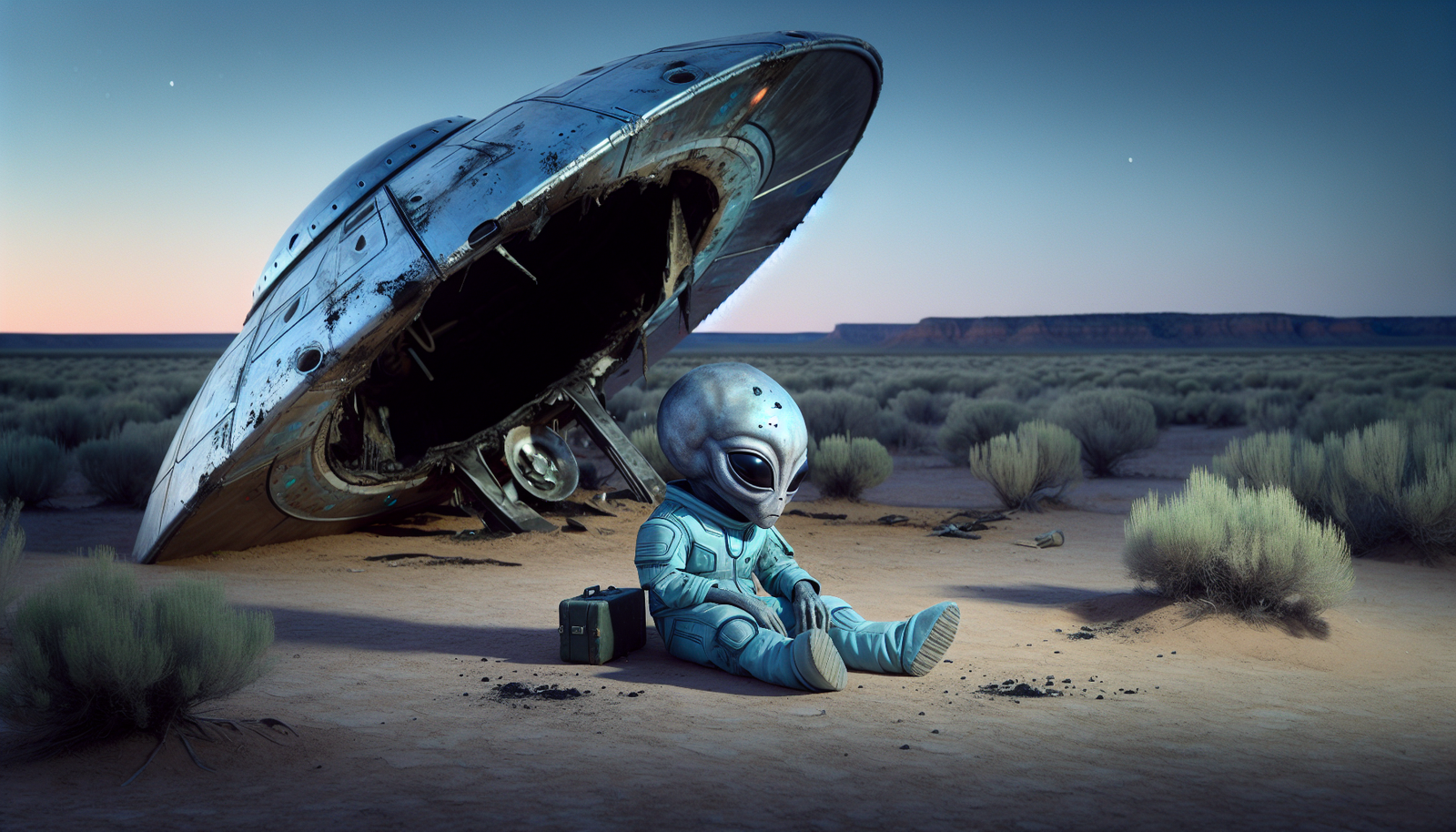
By Vanessa Torres, Ufologist
Two UFO crashes in New Mexico, just eight months apart. One becomes the stuff of legend, spawning countless books, movies, and conspiracy theories. The other? Dismissed as a hoax so thoroughly that for decades, even serious UFO researchers wouldn't touch it with a ten-foot pole. Yet what if I told you that the "infamous hoax" might actually be the most successful government cover-up in American history?
The story of the UFO crash at Aztec, New Mexico, has all the ingredients of a classic mystery: crashed saucers, dead aliens, con men, secret radar bases, and a web of deception so intricate that after 75 years, we're still trying to untangle it. Unlike its famous cousin Roswell, the Aztec incident was immediately and thoroughly discredited-perhaps too thoroughly. This is the story of how a spectacular UFO crash became known as nothing more than a scam, and why a growing body of evidence suggests we may have gotten it completely wrong.
The Legend of Hart Canyon: A Controlled Crash and a Grim Discovery
The high desert of northwestern New Mexico can play tricks on your eyes. In the pre-dawn hours of March 25, 1948, something extraordinary cut through that desert darkness. Multiple witnesses-oil field workers heading to their rigs, ranchers checking on their livestock-reported seeing a massive silver disc wobbling through the sky like a leaf caught in an invisible wind.
Valentine Archeleta, whose 13,000-acre ranch sprawled beneath the flight path, would later describe watching the craft scrape along a canyon wall, sending a shower of sparks into the darkness before it headed north and disappeared. The old rancher did something that would prove crucial: he picked up his phone (a luxury in those parts) and called Kirkland Air Force Base to report what he'd seen.
Meanwhile, just after 5:00 AM, oil field workers received an urgent radio call. A brush fire threatened the oil drip tanks near Hart Canyon Road-a potential disaster that needed immediate attention. Among those responding were Doug Nolan, a 19-year-old working for El Paso Oil Company, and his boss Bill Ferguson. What they found when they arrived would haunt them for the rest of their lives.
The brush fire turned out to be a non-event, easily contained and posing no real threat to the oil tanks. But as more workers arrived, someone pointed to the mesa above them. "You need to see what's up there," they said. What they saw defied explanation: a massive metallic disc, nearly 100 feet in diameter and 18 feet tall, sitting silently on the desert floor.
The craft was unlike anything these men had ever seen. Its surface appeared to be brushed aluminum or silver, but what struck them most was its seamless construction. No rivets, no bolts, no weld marks-the entire structure looked as if it had been molded from a single piece of metal. Around its circumference were several portholes with a mirrored finish that reflected the morning sun.
As word spread, a small crowd gathered: oil workers, local ranchers, a county commissioner, and even two police officers-one local, one who claimed to have followed the craft from Cuba, New Mexico. They circled the mysterious object, some brave enough to touch its smooth surface, others hanging back in nervous awe.
Then Doug Nolan noticed something: a small hole in one of the portholes, about the size of a quarter. The teenager ran back to his truck and grabbed a long pole used for oil field work. As the others watched, he began poking through the hole, jabbing repeatedly at whatever lay beyond. Suddenly, with a soft hiss, a section of the craft opened like a door.
What they found inside would remain seared in their memories, shared only in whispers for decades to come. The interior was unlike any aircraft they knew-multiple levels connected by ramps, panels that looked like "flat screen TVs" (though none of them had that language to describe it in 1948), and strange symbols in what appeared to be books made of an unusual material.
But it was the occupants that shocked them most. Slumped over what seemed to be a control panel were two small figures. As they explored deeper into the craft, they found more-accounts vary between 14 and 16 bodies in total. These weren't the "little green men" of science fiction. They were humanoid in shape but small, between three and four feet tall, with childlike proportions. They wore form-fitting suits of a metallic, powder-blue material. Most disturbing of all, their bodies appeared burned or charred, though their features were still distinguishable, including what one witness described as "perfect teeth."
The scene took an unexpectedly human turn when a Baptist circuit minister, driving along the main road, noticed the commotion and stopped to offer help. The military had arrived by then, setting up a perimeter around the craft. When the minister asked if anyone needed last rites, the officers looked at each other, then led him up the mesa. There, laid out on the ground, were all 16 bodies.
"I'm Baptist, not Catholic," the minister explained. "I can't perform last rites, but I can pray."
And so he did, moving from one small form to the next, offering a prayer over each. Later, he would drive 60 miles to Gallup, Colorado, where he broke down in tears while telling fellow parishioners what he'd seen. "It wasn't that it challenged my faith," he said. "It was seeing those small, childlike bodies. All of them dead. It was horrific."
The Hoax Unravels: How a Con Job Buried the Aztec Story
If the Aztec story had ended with military trucks hauling away a crashed disc and alien bodies, it might have become another Roswell-whispered about, investigated, kept alive by believers and researchers. Instead, it became something else entirely: the UFO story that proved you couldn't trust UFO stories.
The transformation began with Frank Scully, a respected columnist for Variety magazine. In 1949, Scully started writing about the Aztec crash, painting a picture of recovered alien technology and government secrecy that captivated readers. His 1950 book, Behind the Flying Saucers, became an instant bestseller, moving 60,000 copies in hardcover and spawning 12 international editions.
Scully's sources seemed credible enough: Silas M. Newton described himself as a millionaire geophysicist with connections throughout the oil industry. His partner, Leo A. Gebauer, claimed expertise in electronics and magnetics. Together, they told Scully an incredible tale: not only had they witnessed the Aztec recovery, but Newton himself had been one of the scientists called in to study the craft.
But Newton and Gebauer had another story they were telling, this one to potential investors across the Southwest. They were selling devices called "doodlebugs"-mysterious boxes that could supposedly locate oil, gas, gold, and even underground water. The secret to their success? The doodlebugs incorporated technology reverse-engineered from the crashed Aztec saucer.
The scheme might have continued indefinitely if not for J.P. Cahn, an investigative reporter for the San Francisco Chronicle. Cahn approached the story like a detective working a case. When he asked Newton for proof-specifically, a piece of the alien craft's metal-Newton obliged. The sample, Newton claimed, came from the crashed disc itself, a material unknown to terrestrial science.
Cahn had the metal analyzed. The results were damning: it was ordinary aluminum, the kind used to make pots and pans.
In 1952, True magazine published Cahn's exposé, "The Flying Saucers and the Mysterious Little Men." The article methodically dismantled Newton and Gebauer's claims, revealing their history of oil-field scams and fraudulent schemes dating back to the 1930s. It turned out Newton's claim of being worth $20 million (in 1950 dollars) was as fictional as his alien metal.
The article's impact was immediate and devastating. The Denver District Attorney, spurred by complaints from defrauded investors (including millionaire Herman Flader), brought charges against Newton and Gebauer. In December 1953, both men were convicted of fraud and conspiracy.
For Frank Scully, the professional embarrassment was complete. He'd been duped by con men, his credibility shattered. The wider UFO research community learned a harsh lesson: the Aztec story was toxic, proof that tales of crashed saucers were the domain of hoaxers and the gullible. For the next three decades, serious researchers avoided Aztec like the plague.
The Rehabilitation: A 30-Year Investigation into a "Cosmic Watergate"
In October 1988, Scott Ramsey was in Farmington, New Mexico, testing a generator late at night when he overheard two employees discussing their weekend plans. One mentioned hunting near "the old crash site" on Hart Canyon Road. Ramsey's curiosity was piqued. What crash site?
That overheard conversation launched what would become a three-decade investigation costing over $500,000, spanning 27 states, and accumulating more than 55,000 documents. Along the way, Ramsey would be joined by his wife Suzanne (whom he met through their shared interest in the case) and journalism professor Dr. Frank Thayer.
Their central thesis was revolutionary: what if the hoax wasn't the UFO crash, but the hoax story itself? What if Newton and Gebauer's fraud was either engineered or exploited by the government as the perfect cover story to bury a real event?
Uncovering the Radar Bases
The evidence they uncovered was compelling. Take the radar bases, for instance. Scully's book had mentioned secret radar installations that might have brought down the craft. Skeptics quickly pointed out that Air Force radar bases in the area weren't established until 1950-two years after the alleged crash. Case closed, right?
Not quite. The Ramseys discovered something the skeptics had missed: declassified documents proving that the Atomic Energy Commission had built three experimental radar bases in New Mexico in 1946, specifically to protect Los Alamos. One of these, near El Vado, used an extremely powerful experimental Navy microwave radar. The manual for this system actually warned operators about its effects on aircraft-it was that powerful. Suddenly, the "impossible" radar story wasn't impossible at all.
Tracking Down Witnesses
Then there were the witnesses. The Ramseys tracked down people who had been teenagers and young adults in 1948, conducting interviews with the methodical precision of prosecutors building a case. What they found was remarkable: witnesses separated by hundreds of miles, who had never met each other, told virtually identical stories. They described the same details: the quarter-sized hole in the porthole, the seamless construction of the craft, the small bodies in metallic suits.
Doug Nolan, the teenager who had poked the pole through the craft's porthole, was located in 2003. Despite having suffered six strokes, his memory of that morning remained crystal clear. He provided names of others who were there, details that could be verified, and one crucial piece of information: there had been two police officers present, including one from Cuba, New Mexico, who claimed to have followed the craft.
This detail perfectly matched the account of Ken Farley, who had contacted the Ramseys independently. Farley had been passing through the area in 1948, fresh out of the military, when local commotion drew him to the crash site. His description of the scene, including the presence of two law enforcement officers, aligned precisely with Nolan's account-despite the two men having never met.
Perhaps most intriguing was the testimony of Fred Reed. In 1999, Reed contacted the Farmington Daily Times with an extraordinary claim. In 1948, he had been working for the OSS (predecessor to the CIA). His team was dispatched to Hart Canyon not to recover a craft-that had already been done-but to "relandscape" the site. Their job was to make it look as if nothing had ever happened: bury any human debris, erase equipment tracks, even replant vegetation. Reed's description of finding a fresh-cut road and a concrete slab that had supported recovery equipment matched physical evidence still visible at the site today.
The Paper Trail
But it was the paper trail that proved most damning to the hoax theory. The famous "Hottel memo," written by FBI agent Guy Hottel to J. Edgar Hoover in 1950, described "three so-called flying saucers" recovered in New Mexico, occupied by "three bodies of human shape but only 3 feet tall," brought down by "high-powered radar set-up in that area." While the FBI dismissed it as an uninvestigated "second- or third-hand claim," its details align remarkably with the Aztec account.
Even more intriguing: FBI files show that the Bureau and Army Counterintelligence conducted a sting operation in Denver to purchase photographs of the "Aztec flying saucer." As Dr. Frank Thayer pointed out, "If there was no Aztec saucer, they would not have been willing to pony up a bunch of money to buy some photos."
Consider too that half of the FBI's 400-page file on Leo Gebauer remains classified for "national security" reasons. What could a simple con man have known that still threatens national security 75 years later?
The Anatomy of a Cover-Up: Why Aztec Had to Disappear
Understanding why the government might have orchestrated such an elaborate deception requires putting yourself in the mindset of 1948 America. The Roswell incident, just eight months earlier, had been a public relations disaster. The initial press release about recovering a "flying disc" had caused a sensation before being hastily retracted. Military intelligence had learned a valuable lesson: never let that happen again.
Former Air Force intelligence personnel who spoke to researchers described the Aztec recovery as a "well-oiled machine"-everything Roswell wasn't. Instead of local military personnel stumbling through an unexpected situation, Aztec allegedly saw the deployment of an elite team formed specifically for such recoveries. Personnel were carefully vetted, older, more experienced. No young public relations officers would be issuing any press releases this time.
The Cold War context is crucial. As Scott Ramsey argues, "Why would we let the Russians know that that kind of technology was there? We were better off to make it look like a hoax, ridicule the people that saw it." In an era when nuclear secrets were paramount, when the Soviet threat loomed large, admitting the recovery of technology that could revolutionize warfare was unthinkable.
But how do you make a story disappear when dozens of civilians have seen the evidence? You can't silence everyone-that would only fuel more suspicion. Instead, you discredit the entire narrative so thoroughly that anyone claiming to have seen something becomes, in the public mind, either a liar or a fool.
Enter Newton and Gebauer. Whether they were willing participants or unwitting pawns remains unknown. But their fraudulent activities provided the perfect vehicle for destroying the Aztec story. By tying the crash narrative to their doodlebug scam, the government ensured that anyone investigating Aztec would hit the same wall: con men, fraud, hoax. Case closed.
The strategy worked brilliantly. For over 30 years, Aztec became kryptonite in UFO research circles. Even investigators willing to consider Roswell wouldn't touch Aztec. The story became a cautionary tale, proof that you had to be careful in this field, that hoaxers and frauds were everywhere.
The Lingering Echoes of Hart Canyon
Today, if you drive out Hart Canyon Road-and it's not a drive for the faint of heart, all washboard dirt and tooth-rattling ruts-you'll find a small plaque placed by the Ramseys in 2007. It marks what they believe to be the crash site, though the desert has long since reclaimed most traces of whatever happened there.
The town of Aztec itself has embraced its UFO legacy more openly than many might expect. From 1997 to 2011, the Aztec Public Library hosted an annual UFO Symposium, bringing in serious researchers like nuclear physicist Stanton Friedman. The event served as a fundraiser that helped build a new library-one of the few positive outcomes everyone can agree emerged from the Aztec story.
Physical evidence remains tantalizing but inconclusive. The concrete slab is real-you can see it, touch it, take core samples that show it's about 9.5 inches thick with rebar throughout. But is it the remnant of a crane pad used to lift a 100-foot disc, or just an old piece of oil field infrastructure? The "mystery road" that doesn't appear on period maps is there, but roads can be cut for many reasons.
What we're left with is two completely different realities occupying the same space. In one, the Aztec crash is exactly what J.P. Cahn said it was: a tall tale spun by con men to sell fraudulent devices, swallowed whole by a credulous journalist, and exposed by solid investigative reporting. The con men went to jail, the journalist was embarrassed, and justice was served.
In the other reality, we're looking at what Scott Ramsey calls a "cosmic Watergate"-a real event of world-changing significance, buried beneath layers of disinformation so effective that even now, when we have documents proving the existence of secret radar bases and testimony from dozens of witnesses, most people still believe the cover story.
The physical evidence is suggestive but not conclusive. The witness testimony is compelling but comes decades after the fact. The government documents are intriguing but can be interpreted multiple ways. The FBI keeping half of a con man's file classified for national security reasons is suspicious but not proof of anything.
Perhaps that's the most unsettling aspect of the Aztec story. Unlike Roswell, where the government's changing explanations (weather balloon, then secret Project Mogul balloon, then crash test dummies) actually fuel suspicion, Aztec's debunking was so thorough, so early, and so tied to demonstrable fraud that it created its own kind of perfect cover.
If you wanted to hide the recovery of an alien spacecraft, could you design a better stratagem than this? Ensure the first person to tell the story publicly gets his information from con men. Let those con men use the story to commit actual fraud. Then expose the fraud, discredit everyone involved, and watch as the UFO research community itself enforces the silence, warning others away from this "proven hoax."
The effectiveness of this possible stratagem is evident even today. Mention Roswell, and you'll get knowing nods, Hollywood movies, tourist attractions. Mention Aztec, and even among UFO enthusiasts, you're likely to get eye rolls and warnings about believing hoaxes. Yet which case has more documented witnesses? Which has more physical evidence remaining at the site? Which has researchers who've invested decades and personal fortunes in investigation?
In the end, the truth about what happened in Hart Canyon on March 25, 1948, remains as elusive as the strange craft that allegedly came to rest there. What we can say is that something happened that morning, something that drew oil workers and ranchers, police officers and ministers to a remote mesa. Something that required a military response and left behind physical traces that persist to this day.
Was it the crash and recovery of a craft "of origins unknown," as the Ramseys' plaque states? Or was it merely the birthplace of a lie that grew into legend? The evidence, frustratingly, supports both conclusions. The witnesses are real, their stories consistent. The con men were real too, their fraud documented in court records. The secret radar bases existed, capable of the interference described. The hoax was exposed, the perpetrators punished.
Three-quarters of a century later, Hart Canyon keeps its secrets. The desert has a way of doing that-preserving some things, erasing others, leaving just enough traces to keep us wondering. The concrete slab bakes under the New Mexico sun, slowly cracking but still solid. The mystery road winds through the sage and juniper, used now mainly by mountain bikers on the "Alien Run" trails.
And somewhere, in classified files and fading memories, in witness testimony and government documents, the truth waits. Whether that truth reveals one of the greatest hoaxes or one of the greatest cover-ups in American history depends entirely on which reality you choose to believe. The evidence, like those reported bodies laid out in the desert sun so long ago, remains for each of us to examine and interpret.
In Aztec, they'll tell you that sometimes the best hoaxes are the ones that hide the truth in plain sight. Whether that's folklore or fact is a judgment you'll have to make for yourself. But one thing is certain: the story of the UFO crash at Aztec, whether as a cautionary tale about human gullibility or as evidence of alien contact, has earned its place in the strange, contested history of America's UFO phenomenon. It reminds us that sometimes the most effective way to hide something isn't to deny it happened-it's to make sure that when the story is told, no one believes it.
From Bigfoot to UFOs: Hangar 1 Publishing Has You Covered!
Explore Untold Stories: Venture into the world of UFOs, cryptids, Bigfoot, and beyond. Every story is a journey into the extraordinary.
Immersive Book Technology: Experience real videos, sights, and sounds within our books. Its not just reading; its an adventure.




